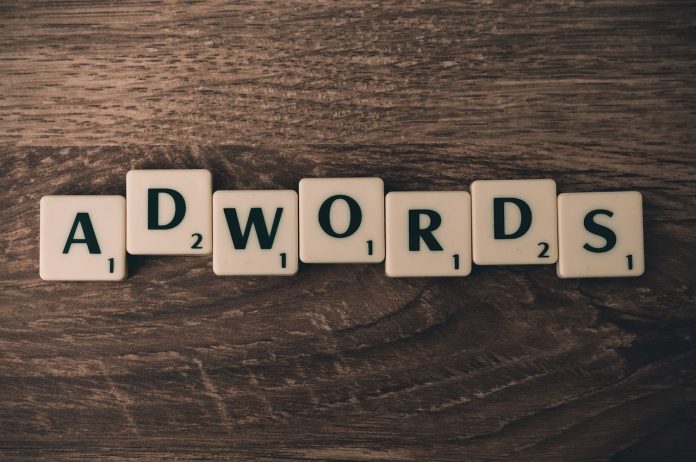Digital advertising has become a cornerstone of successful marketing strategies for businesses of all sizes, and two of the most dominant platforms in this arena are Google Ads and Facebook Ads. Each offers unique advantages, targeting options, and ad formats, choosing between them an important decision that can significantly impact your marketing results and budget efficiency. But with so many similarities and differences, how do you determine which platform is the best fit for your specific business goals?
As of 2025, the landscape has evolved with both platforms introducing new features, AI-driven automation, and stricter privacy controls, making this decision more nuanced than ever before. This guide breaks down the fundamental differences, strengths, and ideal use cases of Google Ads and Facebook Ads to help you make an informed choice and get the most out of your advertising spend.
Understanding the Core Differences

At its core, Google Ads and Facebook Ads serve different purposes because they target users at different points in the buying journey and use different targeting methods.
Google Ads: Intent-Driven Advertising
Google Ads primarily operates on a search intent model. When users type queries into Google Search, they are actively looking for information, products, or services. This means Google Ads allows you to capture demand at the moment users are ready to act — whether to buy, subscribe, or inquire.
Beyond search, Google Ads also includes the Display Network, which shows banner ads across millions of partner websites, and YouTube video ads, enabling visual storytelling and brand awareness.
Because Google Ads captures users based on intent signals, it’s often considered excellent for driving high-converting traffic and generating immediate sales or leads.
Facebook Ads: Interest- and Behavior-Based Advertising
Facebook Ads, including Instagram and Meta’s family of apps, uses interest, demographic, and behavior-based targeting to reach audiences who may or may not be actively looking for your product or service at that moment. Instead, it focuses on demand generation and brand awareness by showing highly targeted ads based on users’ profiles, interests, past behaviors, and interactions.
Facebook Ads excels at creating demand by educating potential customers or nurturing relationships through engaging formats like video, carousel, and Stories ads.
In summary, Google Ads target users searching with intent, while Facebook Ads target users based on profile and interests, often earlier in the buyer journey.
Key Differences in Audience Targeting
Google Ads Targeting
Keywords: Your ads appear when users search for keywords you bid on.
Location & Language: Precise control over geographic and language targeting.
Device Targeting: Ads can be tailored to mobile, desktop, or tablet users.
Remarketing: Target previous website visitors or app users.
Audience Signals: Includes affinity audiences and in-market segments but generally revolves around search intent.
Facebook Ads Targeting
Demographics: Age, gender, relationship status, education, job title, etc.
Interests: Hobbies, favorite pages, activities.
Behaviors: Purchasing behavior, device usage, travel habits.
Custom Audiences: Upload customer lists or retarget website visitors.
Lookalike Audiences: Find new people similar to your best customers.
Engagement: Retarget users who interacted with your Facebook or Instagram content.
Facebook’s rich audience data, collected through user profiles and interactions, offers unmatched precision for audience segmentation and hyper-targeting.
Ad Formats and Creativity
Google Ads Formats
Search Ads: Text-based ads appearing on Google search results.
Shopping Ads: Product images with pricing on search results.
Display Ads: Banner ads on websites.
Video Ads: YouTube ads pre-roll, mid-roll, or bumper.
Local Service Ads: Help businesses connect with nearby customers.
Google Ads tend to be more functional and direct, focusing on addressing a user’s immediate query or need.
Facebook Ads Formats
Image Ads: Single photo ads with text.
Video Ads: Highly engaging, often used for storytelling.
Carousel Ads: Multiple images or videos users can swipe through.
Collection Ads: Showcase multiple products.
Stories Ads: Full-screen vertical ads optimized for mobile.
Lead Ads: Collect user info directly on Facebook.
Facebook encourages visual creativity and storytelling, allowing brands to build emotional connections with users.
Budget Considerations
Both platforms allow you to start with small budgets, but they function differently.
-
Google Ads: Often has higher cost-per-click (CPC) in competitive industries due to intent-driven demand.
-
Facebook Ads: Typically lower CPC and cost-per-thousand impressions (CPM), suitable for broad awareness campaigns.
Google Ads may yield faster returns through high-intent clicks, while Facebook Ads often require more nurturing to convert but can scale brand presence more cost-effectively.
When to Use Google Ads
You want to capture users actively searching to buy or inquire.
Your business relies on immediate lead generation or e-commerce sales.
You have well-defined keywords and want to target those precisely.
You want to advertise products with clear user intent, like local services or urgent needs.
You want to appear in Google Shopping or YouTube placements.
When to Use Facebook Ads
You want to build brand awareness or generate demand.
You want to target niche demographics or interests.
Your sales cycle is longer and requires nurturing or multiple touchpoints.
You want to leverage rich visual storytelling formats.
You want to retarget engaged audiences on social platforms.
Can You Use Both Together?
Absolutely. Many of the most successful digital marketers run integrated campaigns using both platforms to complement each other. For example:
Use Google Ads to capture high-intent search traffic and drive immediate sales.
Use Facebook Ads to create brand awareness, nurture leads, and retarget visitors who didn’t convert via search.
Coordinate messaging and timing to create a seamless customer journey.

